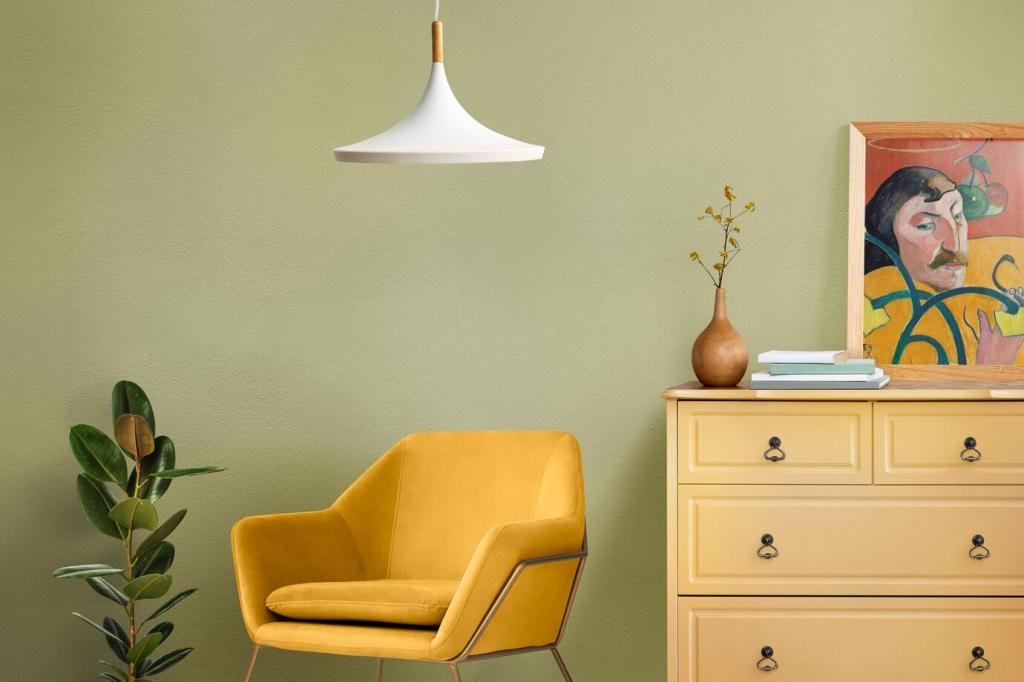Sustainable furniture is rapidly gaining attention as a crucial element in eco-friendly living and conscious consumerism. Choosing furniture that is produced with regard for environmental health not only helps reduce negative impacts on the planet but also encourages a more responsible and ethical approach to interior design. This shift represents an important step in mitigating the harmful effects of traditional furniture manufacturing and consumption, while fostering a future where style, functionality, and environmental stewardship exist hand in hand.
Sustainable furniture companies carefully select materials such as reclaimed wood, recycled metals, and biobased composites, rather than virgin resources. These materials not only require less energy to process but also extend the lifecycle of existing materials, reducing overall demand for new extraction. This thoughtful curation lowers environmental footprints and lessens the destructive effects of deforestation, mining, and other extractive activities. When furniture makers choose fast-growing or renewable options, like bamboo, they further ensure that resources are harvested at a pace that the environment can naturally replenish, supporting biodiversity and natural regeneration.


Low-Impact Manufacturing Practices
Sustainable furniture manufacturers invest in modern technologies and refined production methods that use less energy and produce less waste. These might include closed-loop water systems, efficient machinery, and optimized workflows that limit unnecessary processing. Utilizing renewable energy sources like solar or wind to power production facilities further lessens the environmental footprint. Every step of the way, the focus remains on creating high-quality pieces with the smallest possible impact, setting ambitious new standards for eco-conscious craftsmanship.
Minimizing Operational Waste
Reducing waste during production is another key goal of sustainable furniture makers. This entails repurposing off-cuts, sawdust, and other byproducts that would otherwise be discarded, incorporating them into new products or recycling streams. Such resourcefulness not only prevents the need for landfill disposal but also ensures that more of the original material ends up in finished goods, making the process inherently more efficient. This waste-minimization strategy reflects a deep respect for natural resources and a desire to eliminate the “throwaway” mentality that pervades much of traditional manufacturing.
Lifecycle Considerations
True energy efficiency also requires a holistic view of a product’s entire lifespan. Sustainable furniture is often designed with disassembly and recycling in mind, allowing components to be reused or repurposed at the end of their useful life. This “cradle to cradle” philosophy stands in stark contrast to the disposable nature of fast furniture, which is typically hard to recycle and frequently ends up in landfills. By planning for circularity, sustainable furniture helps close the loop and greatly extends the lifecycle of precious materials, further optimizing energy and resource use.
Minimizing Chemical Pollution
Sustainable furniture makers prioritize water-based finishes, natural oils, and low- or zero-VOC adhesives to replace traditional chemicals known for their harmful environmental effects. These alternatives greatly reduce the release of pollutants into the air during production, and they continue to benefit indoor air quality once the furniture is in use. This thoughtful approach supports safer work environments, healthier homes, and diminished risk to wildlife and surrounding ecosystems that might otherwise be exposed to chemical runoff.

